For the Ukrainians, whose history began with the creation of the principality of Kiev, in the IX century, the Middle Ages were not good times.
For soon after the Mongol invasion of 1240, the Ukrainian people saw themselves managed, successively, by the Lithuanian prince, the Polish king and at last by the Russian Tsar.
From the XV century onwards, when the Polish nobility flied to privatization of Ukrainian lands, sizeable numbers of Ukrainians fled towards the Black Sea, into the so called Virgin Steppe, where they could avoid being witnesses to the decline of the Ukrainians glory, and also, incidentally avoid paying taxes in the states budgets of another’s, anyway. In the Steppe, which were at the time deserted and so there was a lot of place for anything, Ukrainians could follow, without major impediment, the pursuits they liked best: to develop agriculture and dream about their own national sovereignty. And anybody who tried, from time to time, to interfere, became a welcome reason to wage war.
This Ukrainians called themselves Cossacks! They was known as very freedom-loving people and asked nobody for permission to bear any sort of arms. In fact, they carried the love of liberty to such a point that relinquished a habit to marry, and built a fortress on the one of the many islands in the Dnieper – access into the fortress for women was strictly forbidden.
The fortress came to be known as the Sitch. In those times the Dnieper was fuller of rapids than nowadays and was quite impossible to navigate, which fact made the Black Sea inaccessible by way of the river. The Sitch, however, happily, for the Cossacks, was in the lee of the rapids, and for this reason was also known as the Zaporozhian Sitsh, which means “Sitsh, which lies beyond the rapids”. Being thus free of technical difficulties, the Cossacks went frequently down to the sea with the sole purpose of ravaging the coastal cities which belonged to the Turkish empire of the epoch.
Nor did the Cossacks ever imagine that all this raiding and pillaging was anything but just and right, for the Cossacks were Christians and the Turks anyway were Moslems. Neither were they disturbed at fighting with detachments of the Poles, for the Poles were Catholics, while the Cossacks were generally of the Orthodox Church. As times as laws: religious tolerance was not respected in the Middle Ages. To complete the picture of the country and its ways, mention needs to be made of the half-nomadic Tartars, under the leadership of the Khan, inhabited in part the Crimean peninsula and in part the same steppes as the Cossacks. The Tartars mainly were a cavalier and one of their favorite activities was to raid the Ukraine for seeking slaves, so long as slaves was a good sellers in the Turkish specials market-places. They was sure that this sort of marketing was anything just and right, except occurrences when encountered a Kozak detachment in the Steppes.
Although the Tartars owed formal allegiance to the Turkish Sultan, the latter found no cause to interfere with the Tartars, for the Ukrainians and the Poles anyway were Christians; and furthermore, his fleet completed of oars-galleys needed the slaves. The Ukrainians, in their turn, owed allegiance to the Polish king, who also let things be, for while the Turks anyway were Moslems, and furthermore, the Cossacks did ensure the security, albeit relative, of the southern frontier without wages!
There’s the situation, historical and political, shall we call it, of the moment
des kozaks zaporogues
contée par
Marko et Harko
(Faisons connaissances en souriant)
Au Moyen Age les Ukrainiens qui commencent leur histoire avec la création de la principauté de Kiev les siècles IX-X n’ont pas beaucoup de la chance et après l’invasion mongole de 1240 se voient vassalisées successivement par le prince lituanien, par le roi polonais et par le tsar russe.
A partir de XV-me siècle pendant une large privatisation des terres ukrainiennes par la noblesse polonaise, pour ne pas contempler impassiblement ce déclin de la gloire de l’ancien Etat kiévien et ne pas payer les impôts aux profit des étrangers, des nombreux ukrainiens s’éloignent а la direction de la Mer Noire dans la steppe, dit Sauvage, qui а’ l’époque n’est pas peuplée du tout et ou, sans être trop souvent empêchés, ils peuvent pratiquer leur métiers préférés: faire l’agriculture et rever de l’indépendance de son pays. A tous ceux qui, de temps en temps veulent les empêcher d’exercer ces métiers ils font la guerre.
Ces ukrainiens s’appellent les kosaks, se considèrent des hommes libres et portent les armes sans faire soucis pour en avoir la permission. Ils aiment la liberté а tel point que certain entre eux refusent de se marier et construisent une forteresse sur une des nombreuses iles du fleuve Dniepr afin pouvoir vivre en célibataires. Pour les femmes l’accès а la forteresse est strictement interdit.
La forteresse reçoit son nom propre la Sitch. On l’appelle aussi la Sitch Zaporogue ce qui signifie en ukrainien qu’elle se trouve au delà des rapides sur le Dniepr. Ce temps là les rapides sont nombreux (quelque douzaine) et très dangereux pour les traverser en bateaux et pourquoi il est difficile de sortir par le fleuve а la Mer noire. Etant au-delà de ces problèmes techniques, les kozaks fréquentent la Mer précitée avec leurs bateaux légères assez souvent et pour une seule raison: pilier et ravager des villes au bord de la Mer qui appartiennent а l’empire turc de l’époque.
Dans ces raids maritimes les kozaks ne voient pas d’inconvenances parce que les turcs sont musulmans et les ukraniens sont chrétiens. Ils ne voient non plus d’inconvenances pour s’opposer aux détachements armés polonais parce que les polonais sont de préférence des chrétiens catholiques et les ukraniens sont les orthodoxes. C’est la vie. Au Moyen Age la tolérance religieuse n’est pas très а la mode.
Pour compléter cet image du pays et des meurs il reste noter qu’il y a encore les Tartares, avec leur Khan а la tête, qui, par ce temps, demeurant sur la presqu’ile Crimée dans la Mer noire et partiellement dans la même steppe que les kozaks et vient а moitié en nomades. Les cavaliers Tartares font périodiquement des raids en Ukraine pour chercher des esclaves. Autant que les esclaves se vendent chères dans les marchés spécialisés turcs, les Tartares n’y voient qu’une seule inconvenance: la possibilité de rencontrer les détachements kozaks dans la steppe.
Formellement, les Tartares sont sous la tutelle du sultan turc. Mai lui, il ne les empêche pas de faire les raids parce que, au fond les ukrainiens et les polonais sont chrétiens et de plus, il faut des esclaves pour la flotte turc qui consiste des galères а rames. Les Kozaks, а leur tour, sont, formellement, sous la tutelle du roi polonais, mais lui, il ne les empêche pas de faire des raids parce que, au fond, les Turks sont des musulmans et de plus les Kozaks assurent la sécurité, quoique relative, des frontières au sud sans êtres payés.
Cette façon de maintenir l’armée sans épuisant la trésorerie s’avère tellement pratique que finalement on voit toute le territoire de l’Ukraine divisé en polks (régiments) des kozaks avec des polkovnyks (colonels) à la tête ! Chaque polk administratif a son territoire approprié où certains villages sont peuplés des kozaks ! En cas d’un besoin militaire ces-derniers sont obligés de former le polk de guerre avec leurs chevaux et leurs armes achetés au compte de leurs propre revenus dispensés à ces fins de taxes. Ceux qui ne sont pas pressés d’être tués peuvent économiser et ne pas acheter un cheval. Dans ce cas ils rentrent dans l’infanterie kozake, bien connue comme assez redoutable.
Quand même, pour maintenir de l’ordre et de l’obéissance en Ukraine enkozakée, donc bien armée, les autorités font de temps en temps le registre des kozaks qui peuvent rester privilégiés en le limitant par quelque milles d’hommes.
Les autres, non-registrés, parfois quelques dizaines de milles, sont proclamés les hors-la-loi et en cas de nécessité se refugient à la Sitch ou font des troupes royales se refugier à leur tour.
Telle est la situation, disons historique et politique, du moment.
Annex :
Quelques termes spécifiques en usage chez les kozaks zaporogues :
Armée Glorieuse Zaporogues – nom presque officiel de l’armée des kozaks de la Sitch que les kozaks eux-mêmes employaient de préférence.
Zaporogetz – kozak une fois admis à la Sitch. Celui qui est devenu le zaporogetz devait refuser son nom de famille et prenait un autre, inventé par les kozaks à leur gré.
Kich – toute la Sitch y compris son effectif.
Kochovyï – chef administratif et militaire des kozaks de la Sitch (de Kich) élu pendant l’assemblée générale des kozaks à la façon très démocratique : par les voix les plus fortes.
Pobratym – frère par le serment ; à cause de la vie dure des toujours-militaires les kozaks avaient la coutume que chacun d’entre eux devait choisir un ami. Des amis-pobratyms se considéraient comme des frères et s’entraidaient dans les combats et aux travaux quotidiens à la Sitch.
Oseledetz – façon de couper les cheveux qui était très à la mode chez les kozaks ukrainiens : ils portaient une mèche des cheveux au milieu du crâne soigneusement rasé.
Правдива історія запорозьких козаків
в оповідях Марка та Харка
(За Історією, писаною дяком Омельком)
У середньовіччі, українцям, що починають свою славну історію від створення у ІХ-Х сторіччі Київського князівства, доля не дуже посміхалась, бо після монгольського нашестя 1240 року вони почергово опинялися під владою то князя Литовського, то короля Польського, то царя Російського.
Від XV сторіччя, коли польське шляхетство розгорнуло приватизацію українських земель, багато українців, щоб не бачити на власні очі занепаду донедавна могутньої Київської Держави та не сплачувати податки до кишені чужинців, подалися убік Чорного моря, у степ, званий Диким Полем, де на ті часи було досить вільного місця і де вони могли безперешкодно займатися своїми улюбленими справами: розвивати сільське господарство і мріяти про незалежність рідного краю. Тим, хто намагався їм у цьому перешкоджати, оголошували війну.
Ці українці називали себе козаками, малися за людей вільних і носили при собі зброю, ні в кого не питаючи на те дозволу. Вони настільки любили свободу, що деякі з них навіть не хотіли одружуватись і на одному з чисельних дніпровських островів збудували фортецю аби було де парубкувати. Для жінок, вхід до тієї фортеці був суворо заборонений.
Фортеця отримала свою власну назву, Січ. Її ще називали Запорозька Січ, цебто така, що знаходиться за дніпровськими порогами. У ті часи порогів було щось із дванадцять; пропливати через них човнами було дуже небезпечно, тому і шлях до Чорного моря був нелегким. Проте запорожці, оскільки подібних технічних проблем не мали, частенько навідувались у те саме море своїми легкими човнами і заради єдиної мети: палити та грабувати розташовані на узбережжі міста, що належали тодішній Турецькій імперії.
Подібні рейди козаки вважали нормальним явищем, оскільки турки були мусульманами, а козаки християнами. Нормальним явищем вони вважали і боротьбу з військовими загонами поляків, оскільки поляки були християнами-католиками, а українці переважно православними. Що поробиш. У середньовіччі ідеями релігійної терпимості не цікавились.
Щоб картина тодішнього козацького життя та звичаїв виглядала повнішою, варто згадати і про татар на чолі з Ханом, які жили напівкочовим життям, і населяли півострів Крим та, частково, той самий степ, у якому гуляли козаки. Татарські вершники наїжджали, час від часу, на українські землі, пошукати собі невільників. Оскільки невільники добре продавалися на спеціалізованих турецьких ринках, татари вважали це нормальним явищем – крім тих випадків, коли у степу їм зустрічалися козацькі загони.
Формально, татари перебували під протекторатом Турецького султана, але той не перешкоджав їм робити набіги, бо по-перше, українці та поляки були християнами, а по-друге, турецькому флоту, який складався з веслових суден-галер були потрібні невільники. Козаки, у свою чергу, формально, були під протекторатом Польського короля, але він також не перешкоджав їхнім експедиціям, бо по-перше, турки були мусульманами, а по-друге, козаки цілком безкоштовно забезпечували – хоч би й відносну, проте – охорону південних кордонів держави.
Цей спосіб утримувати військо без жодних збитків для державної скарбниці набув популярності і скоро геть уся територія України була поділена на козацькі полки з полковниками на чолі. Кожен полк, як адміністративна одиниця, мав закріплену за ним територію, де було кілька містечок, населених козаками. На випадок якої військової потреби, козаки були зобов’язані зібратися в бойовий полк, прихопивши коней та зброю, що купувалися ними за рахунок власних доходів, звільнених заради такої справи від оподаткування. Ті, хто не поспішав на той світ, могли зекономити і не купувати коня. Тоді вони потрапляли до козацької піхоти, що вважалася досить-таки грізною.
Разом з тим, щоб утримати покозачену, отже – добре озброєну, Україну в покорі, влада деколи бралася за складання реєстру козаків, за якими зберігалися привілеї (пільги), обмежуючи загальний список кількома тисячами людей.
Усі ж ті, хто не потрапляв до реєстру, проголошувалися поза законом і мусили ховатися у Січі, або, навпаки, примушували ховатись королівські війська.
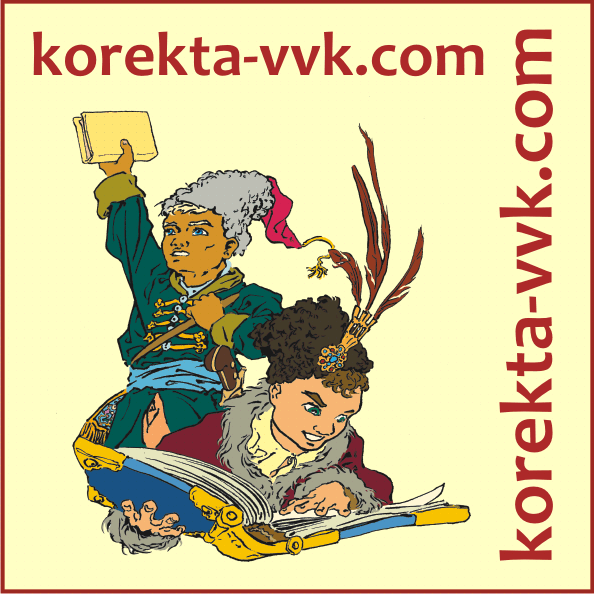 Читайте і насолоджуйтесь)
Читайте і насолоджуйтесь)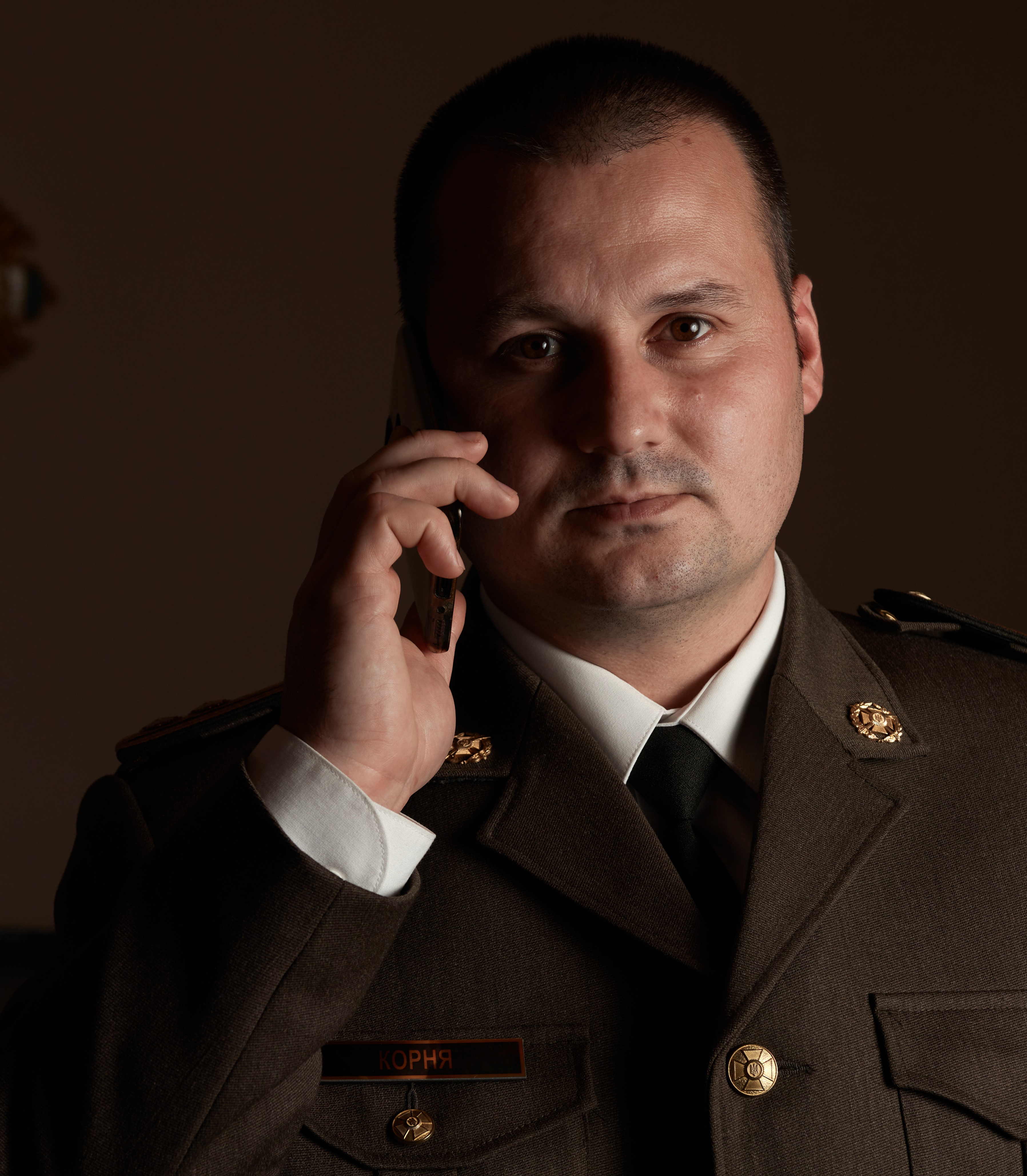
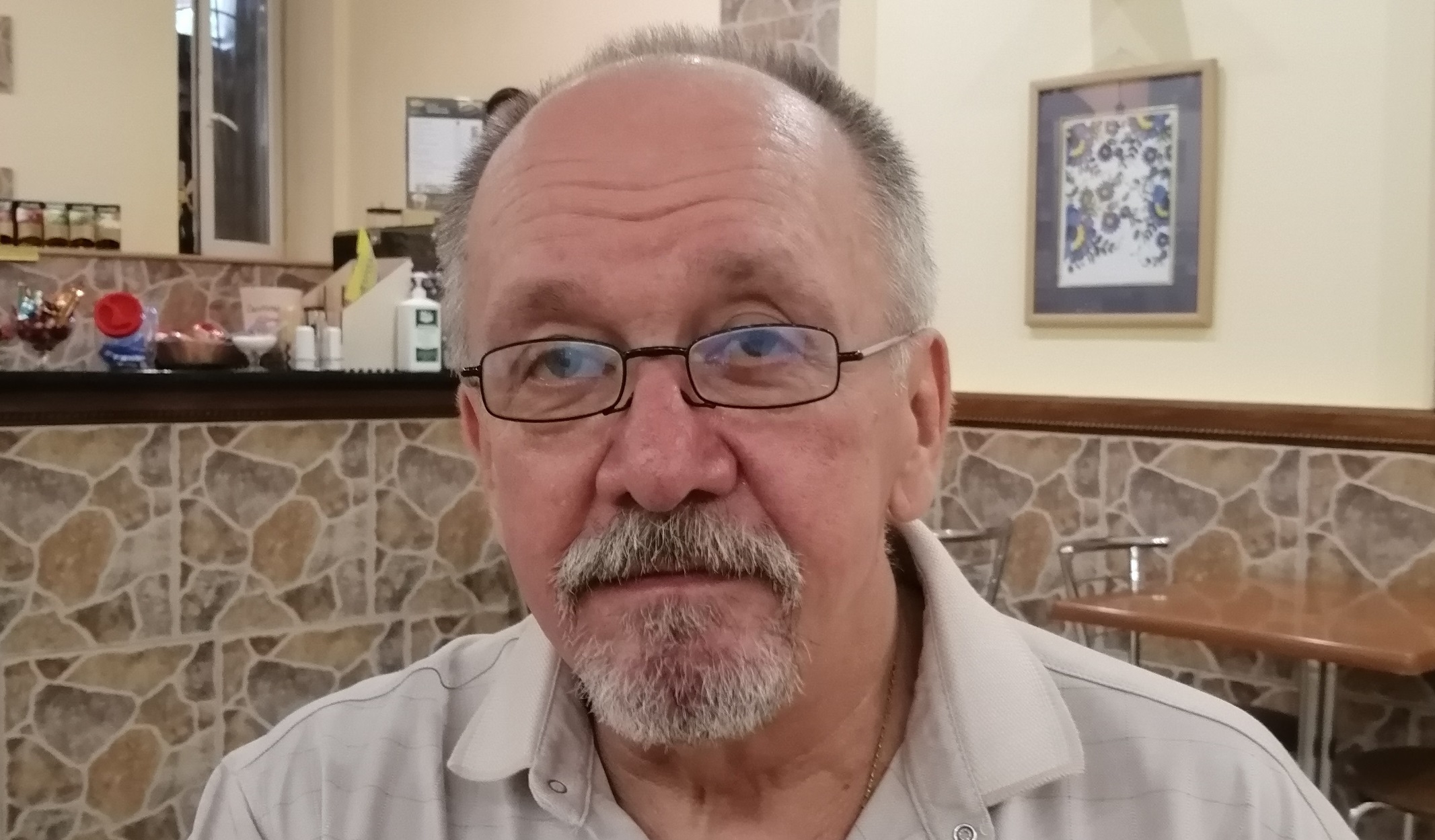
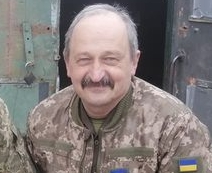
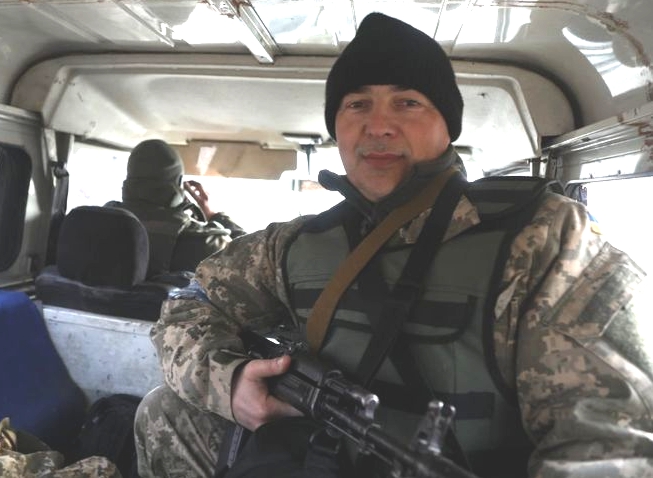
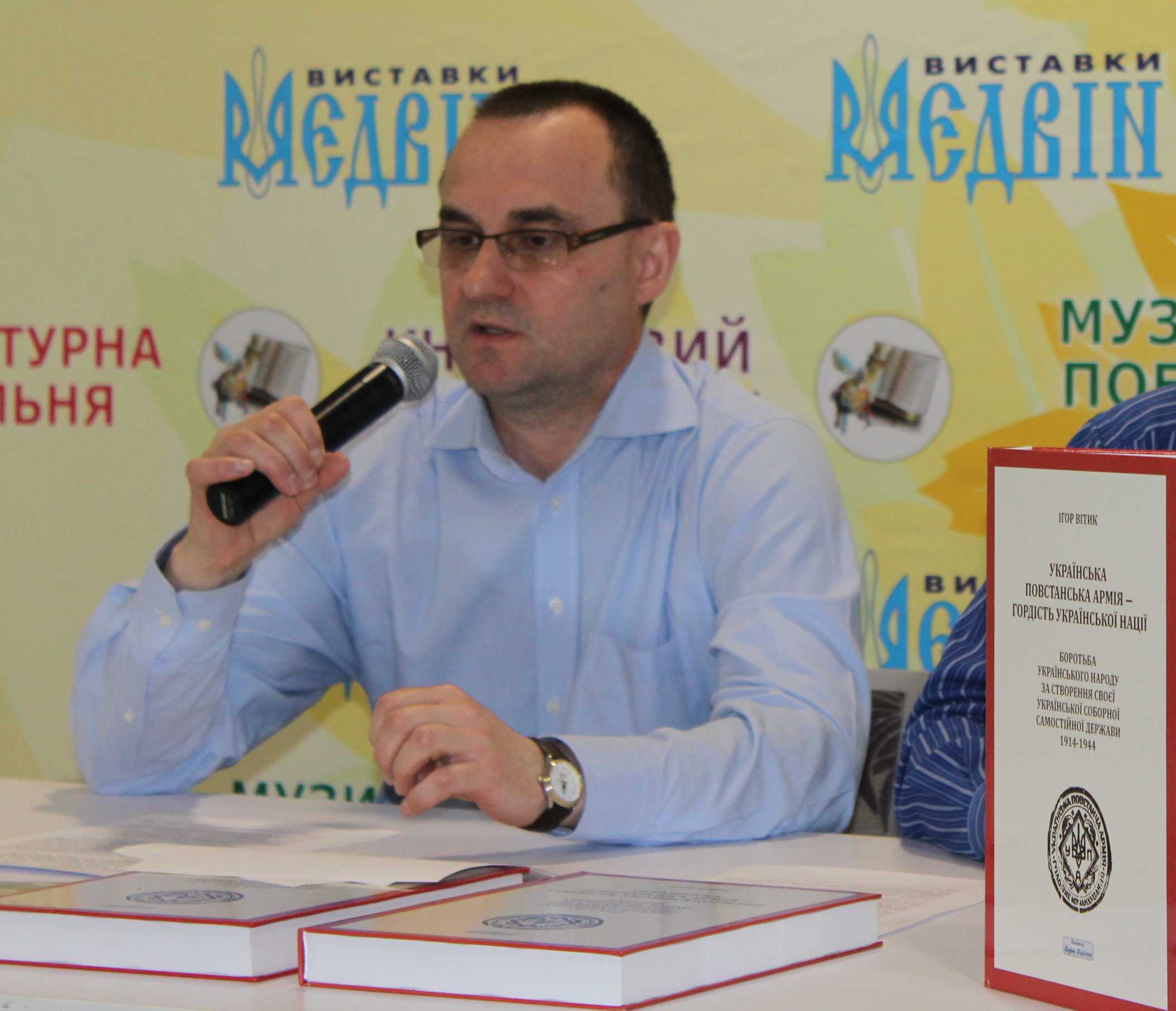

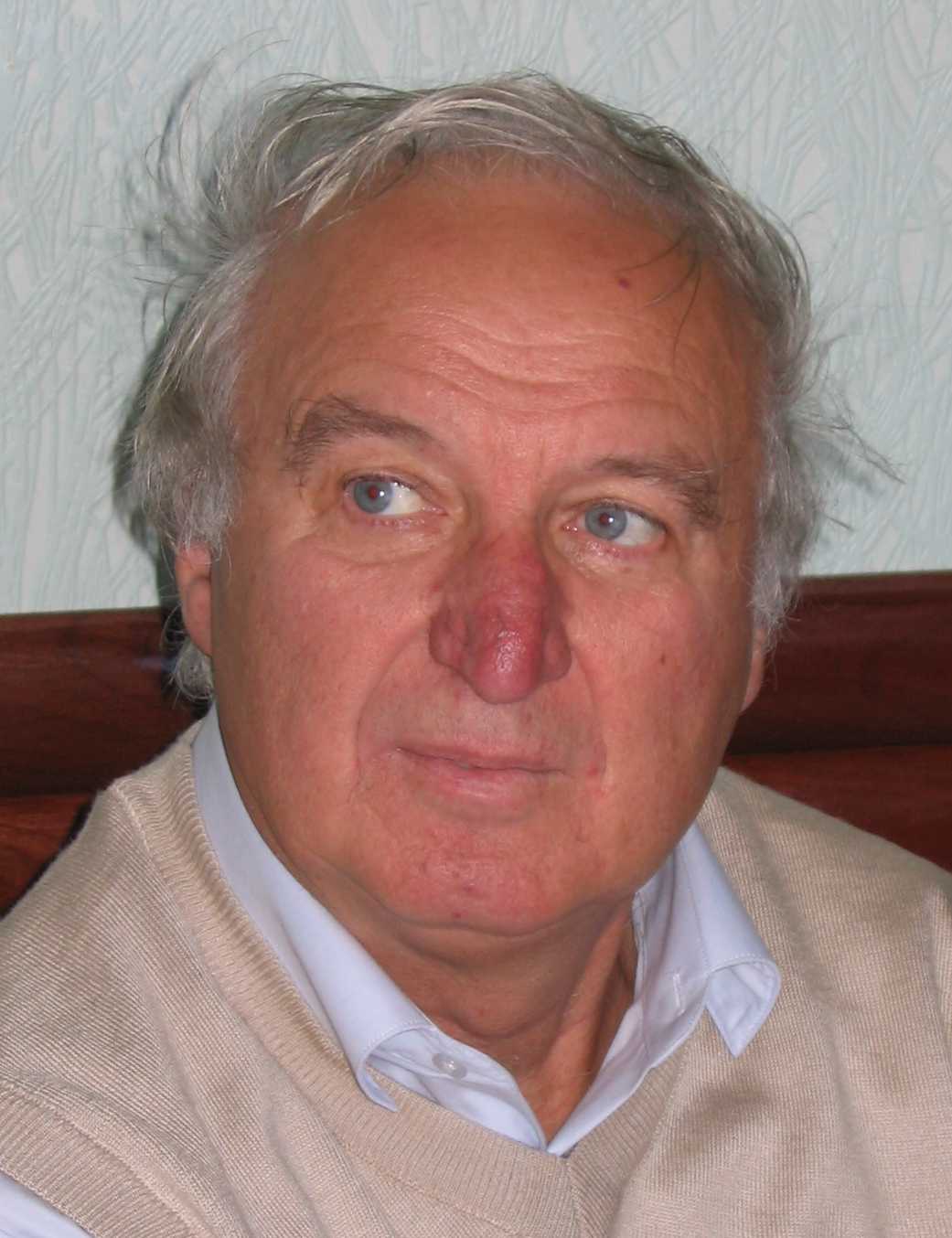
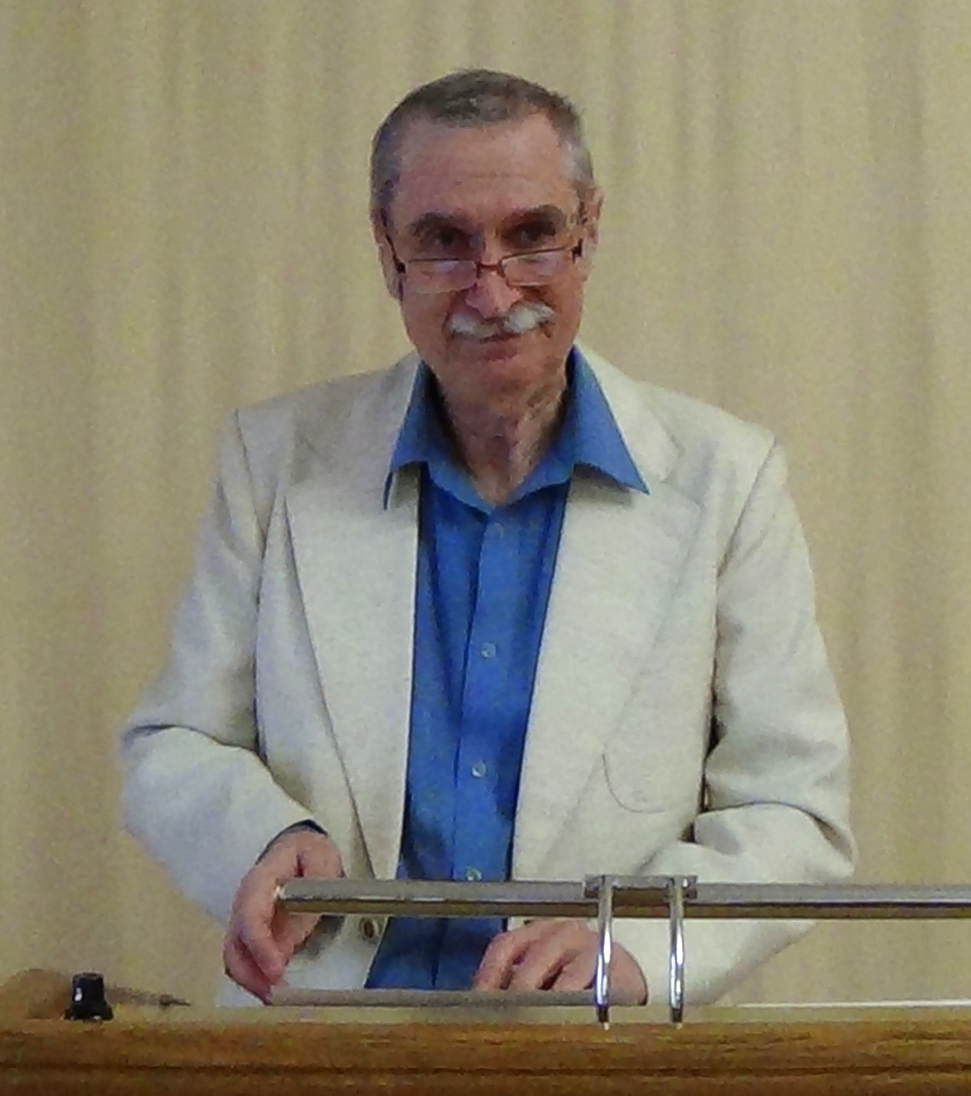

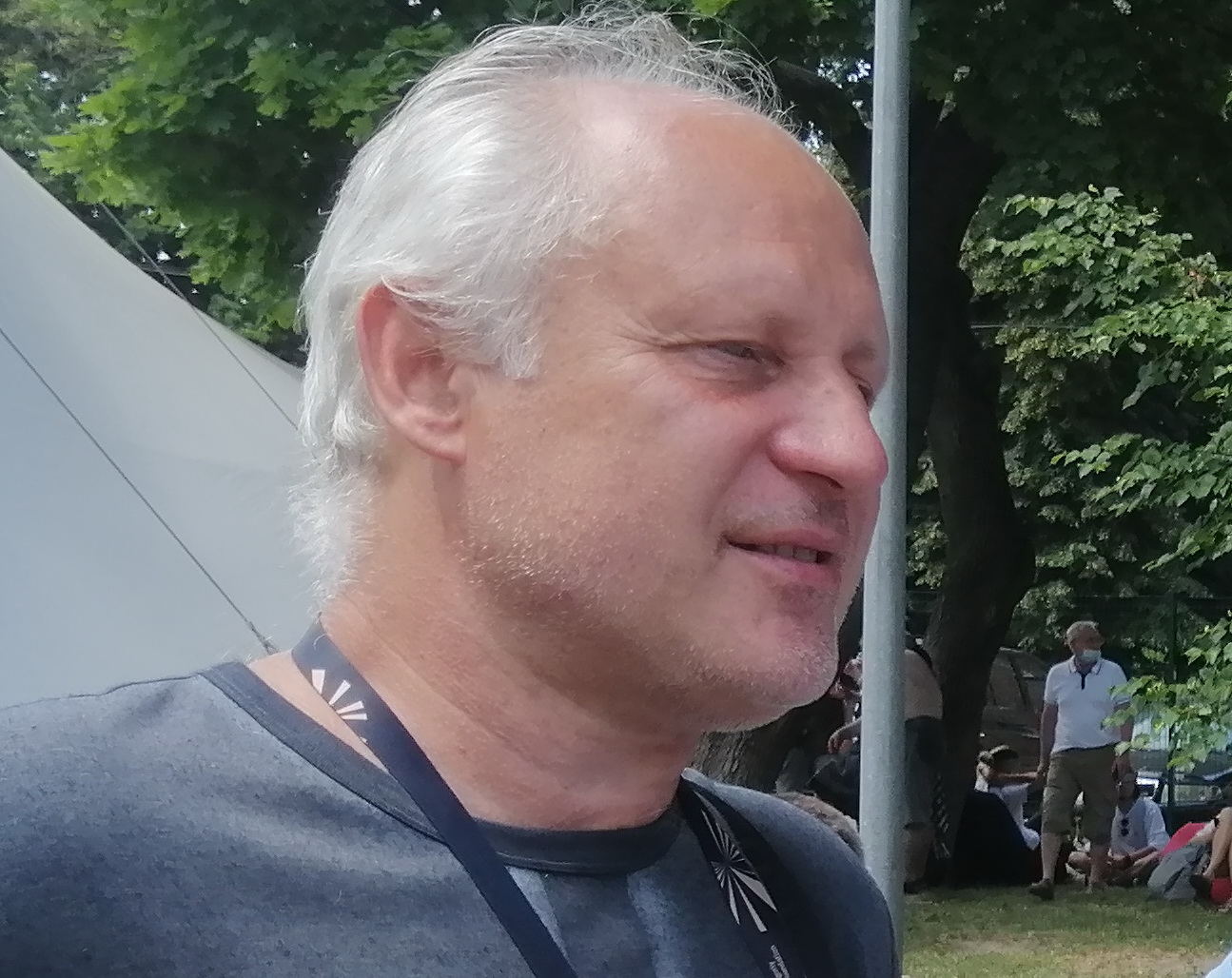

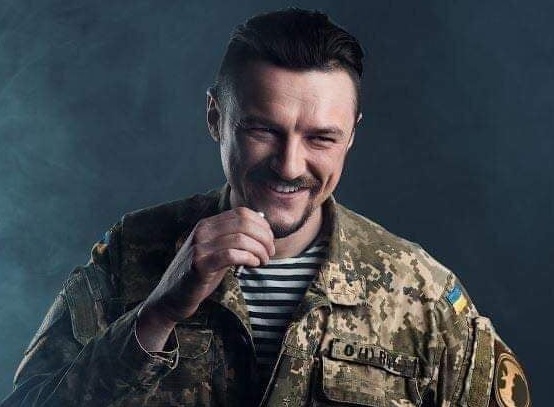
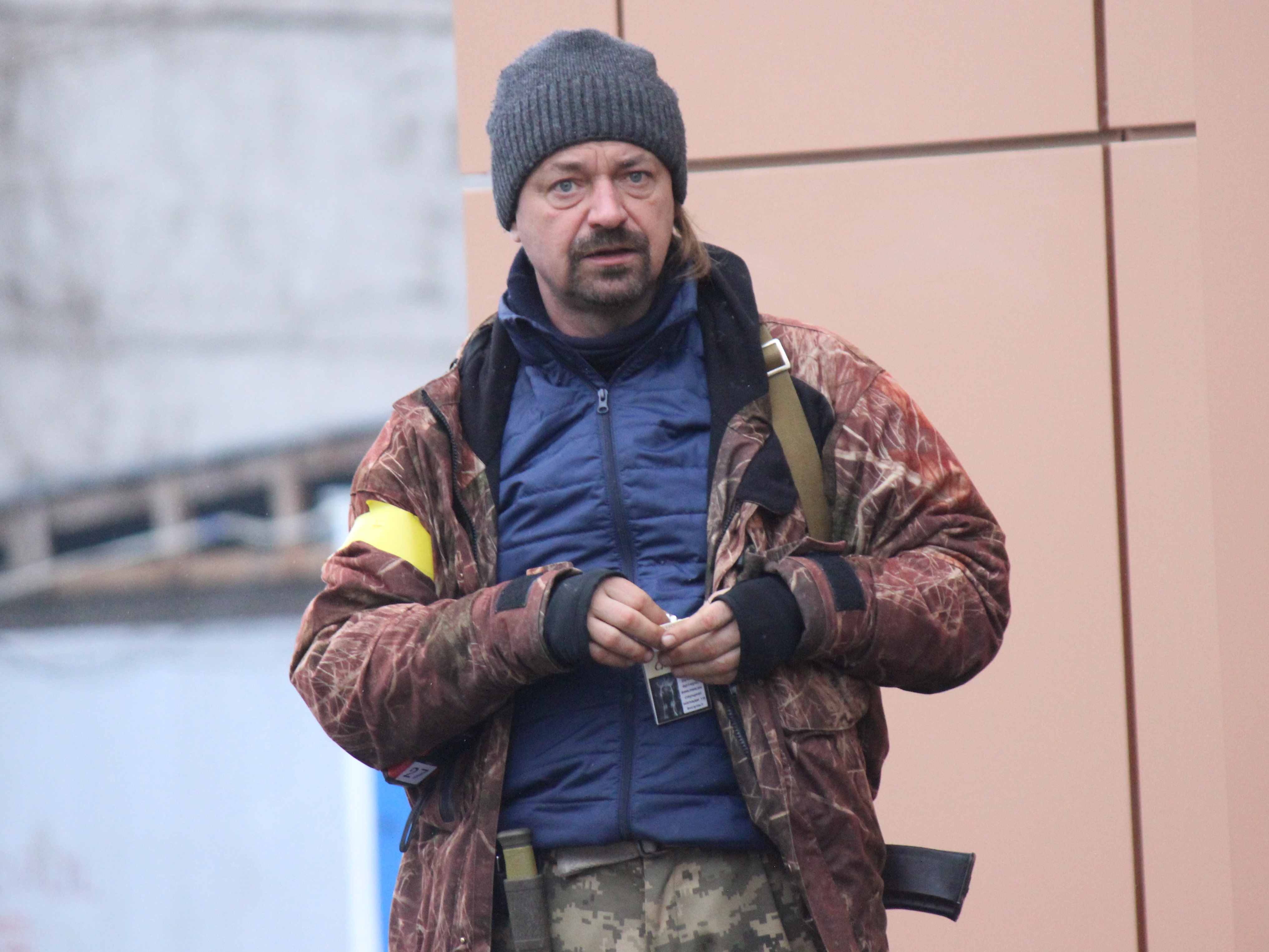

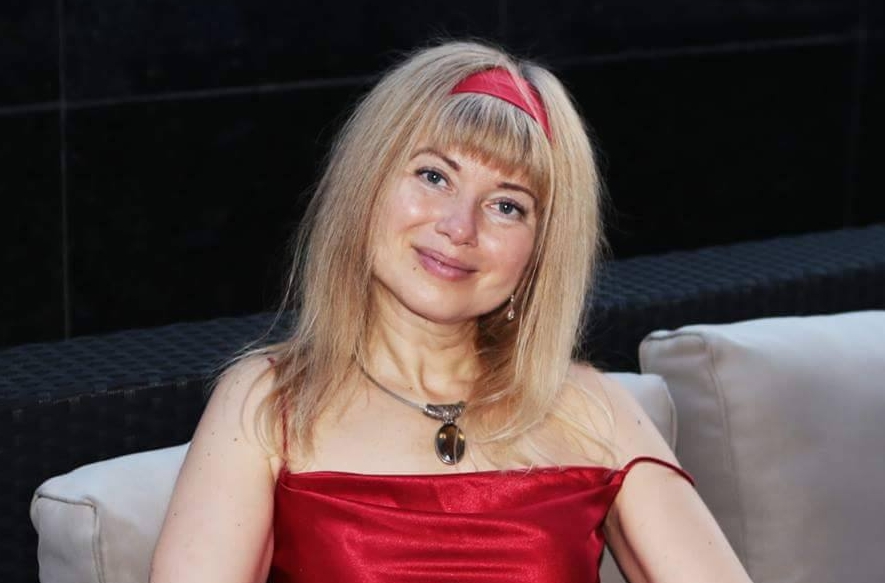

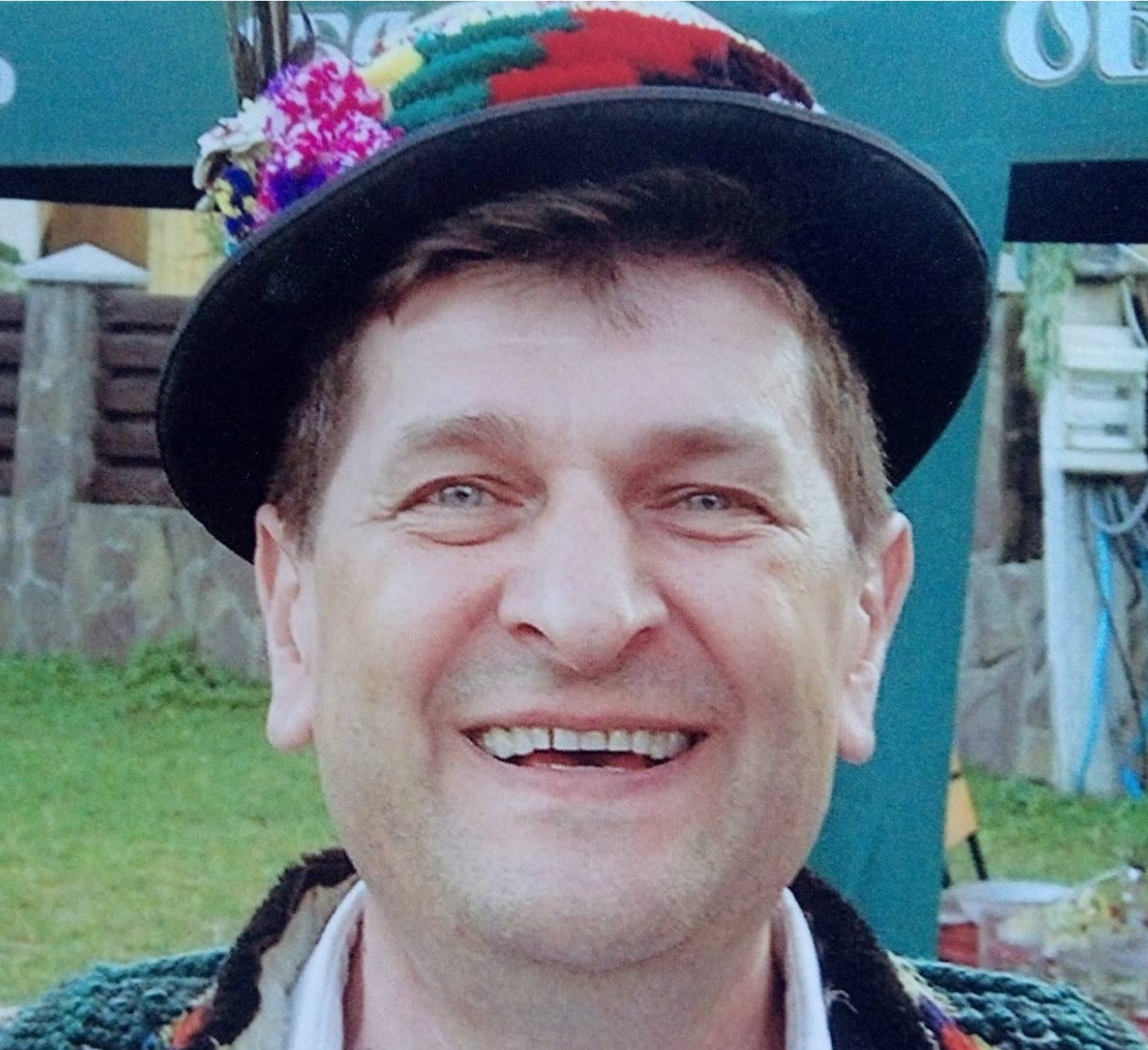
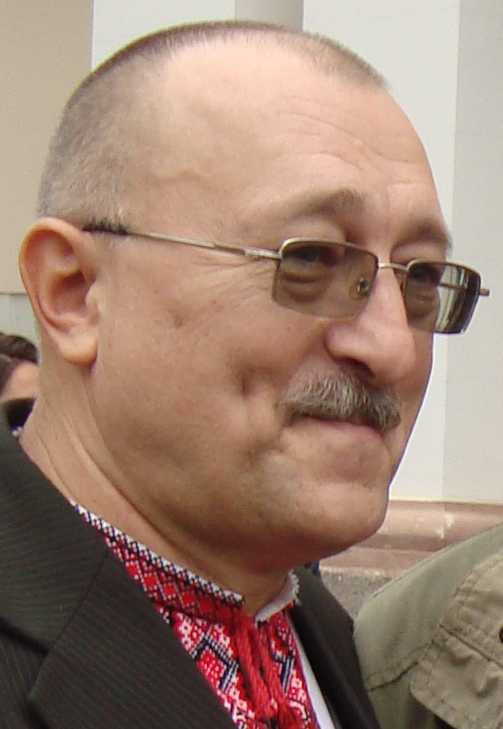
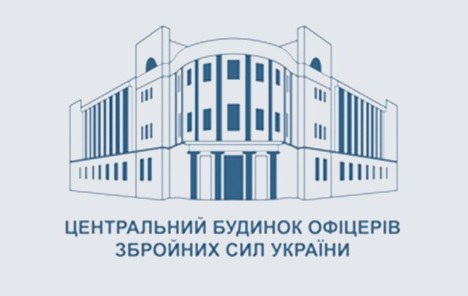
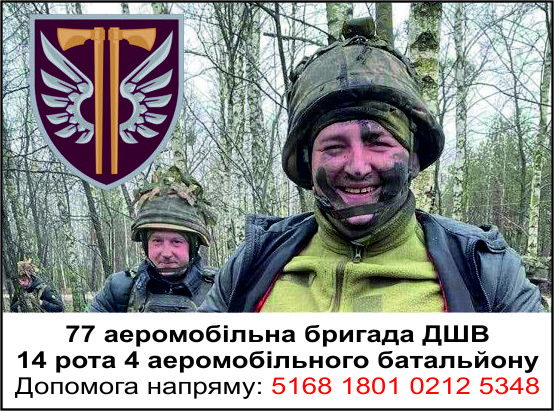
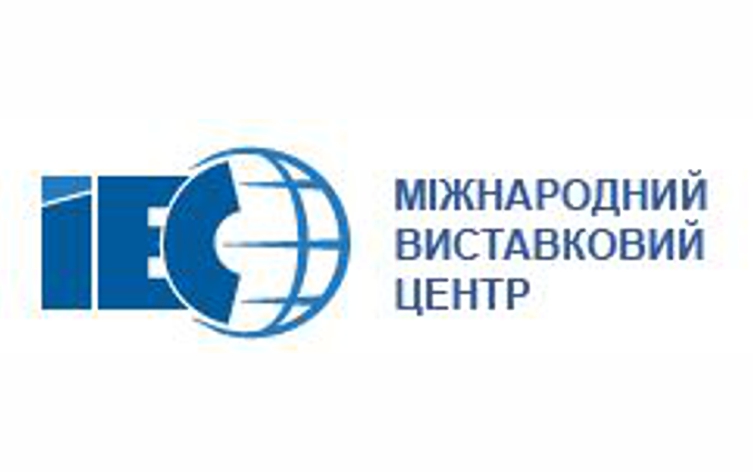
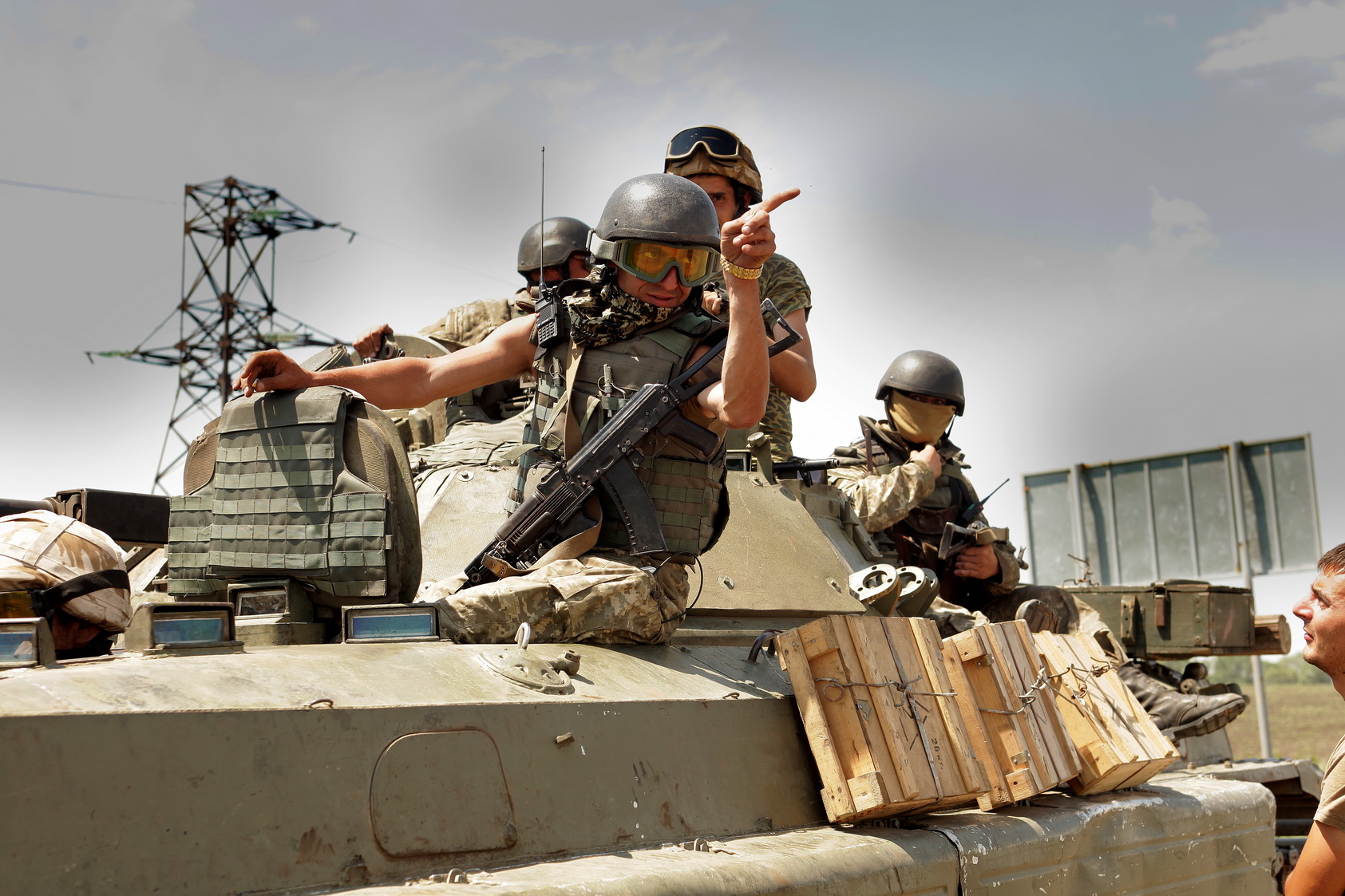
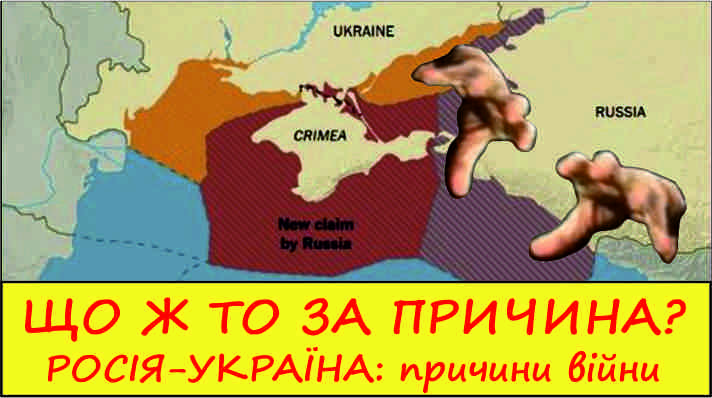 історія та історичні біографії, геополітика та інформаціний простір, аналітика
історія та історичні біографії, геополітика та інформаціний простір, аналітика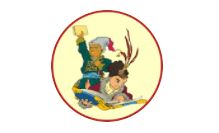
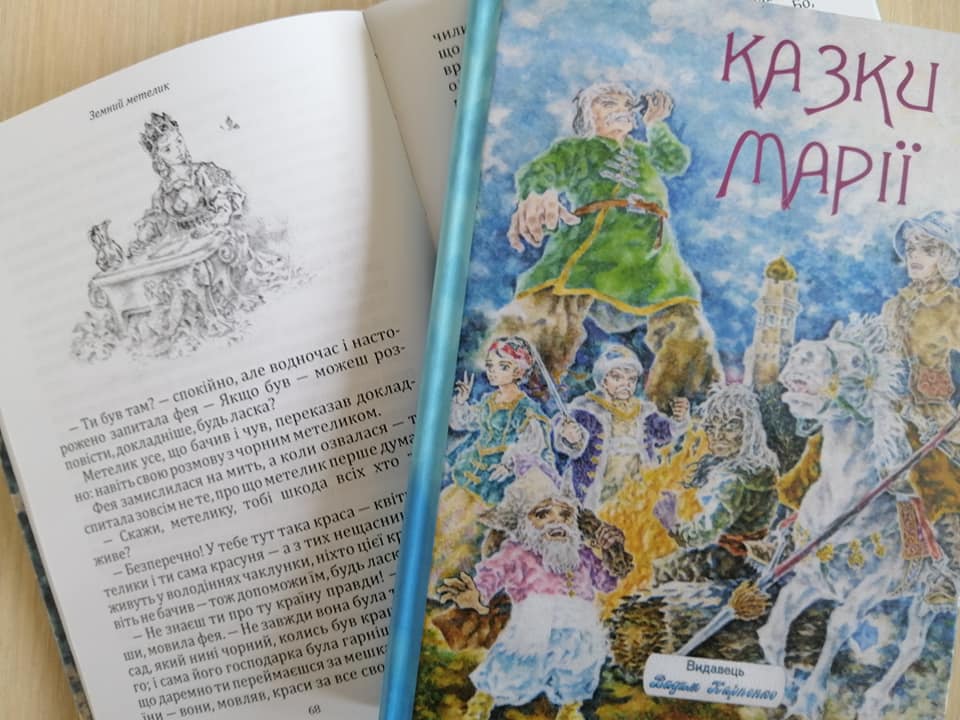
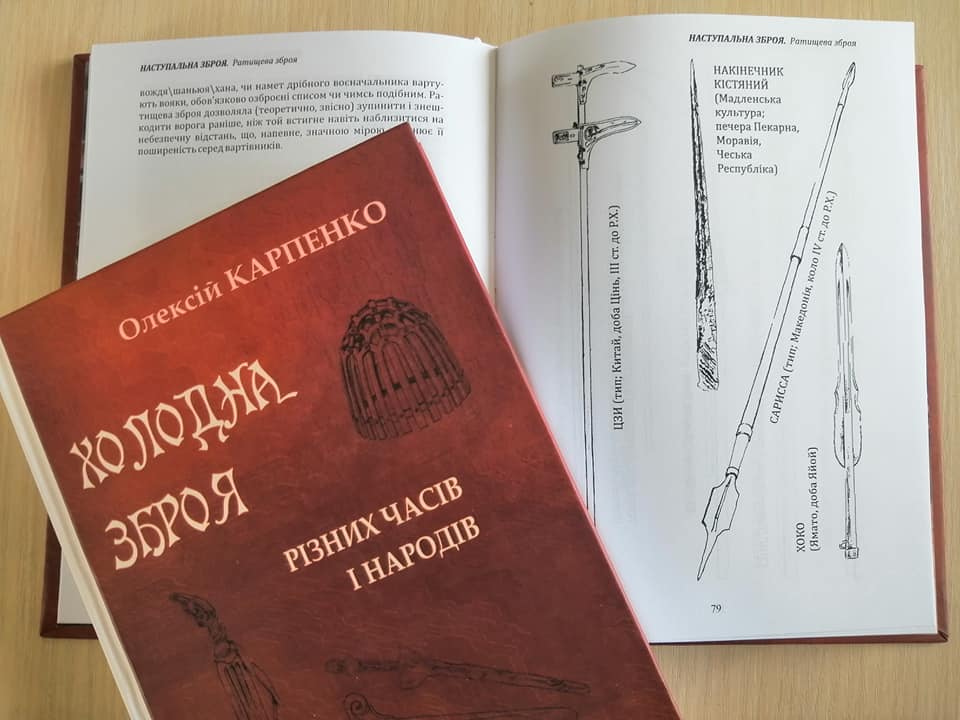


I really like this weblog, excellent content material and I am going to bookmark this internet site for future updates.